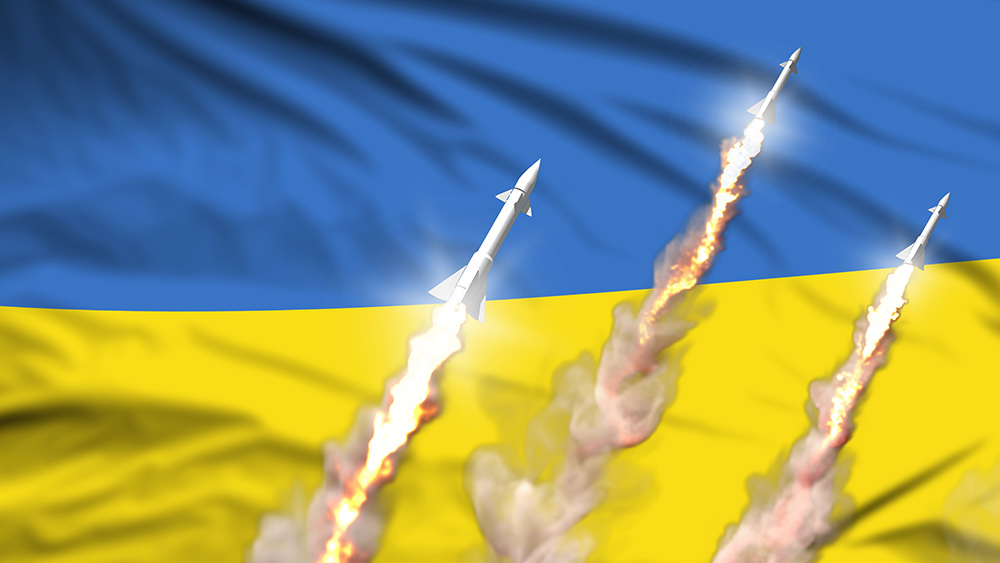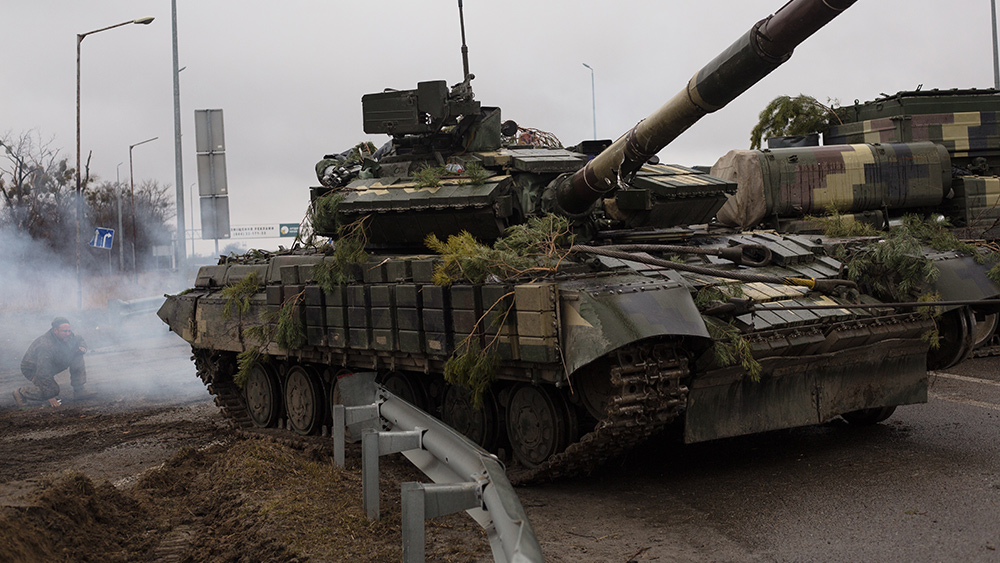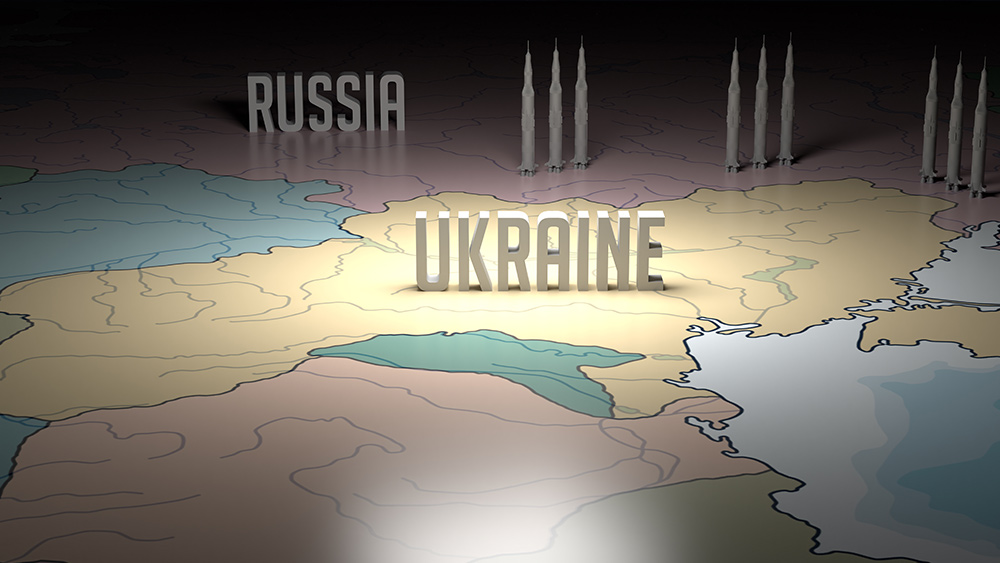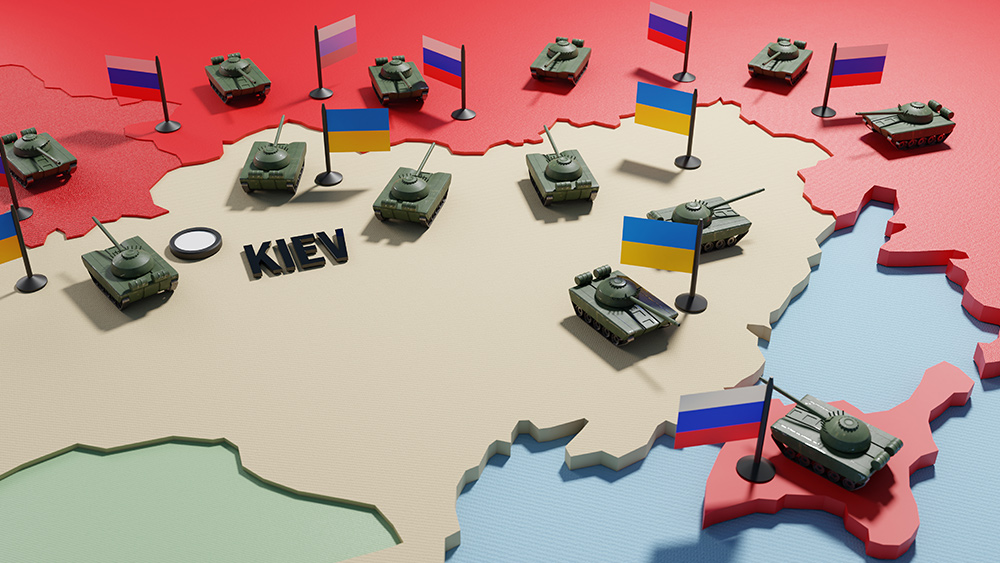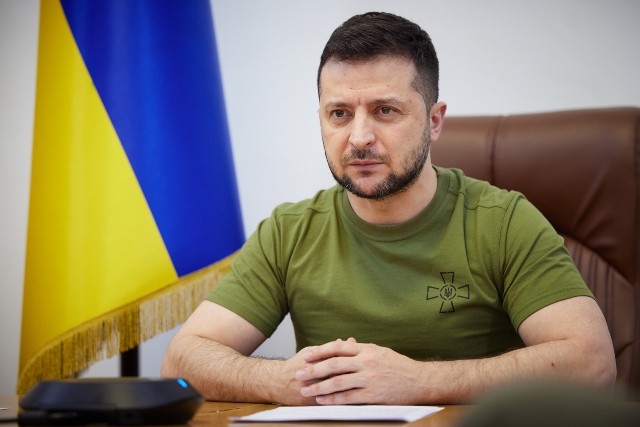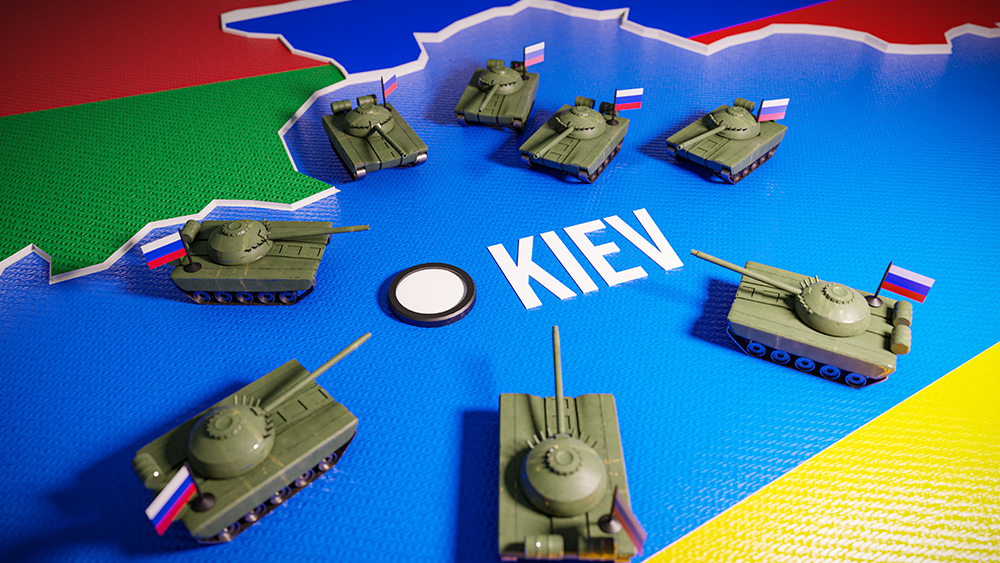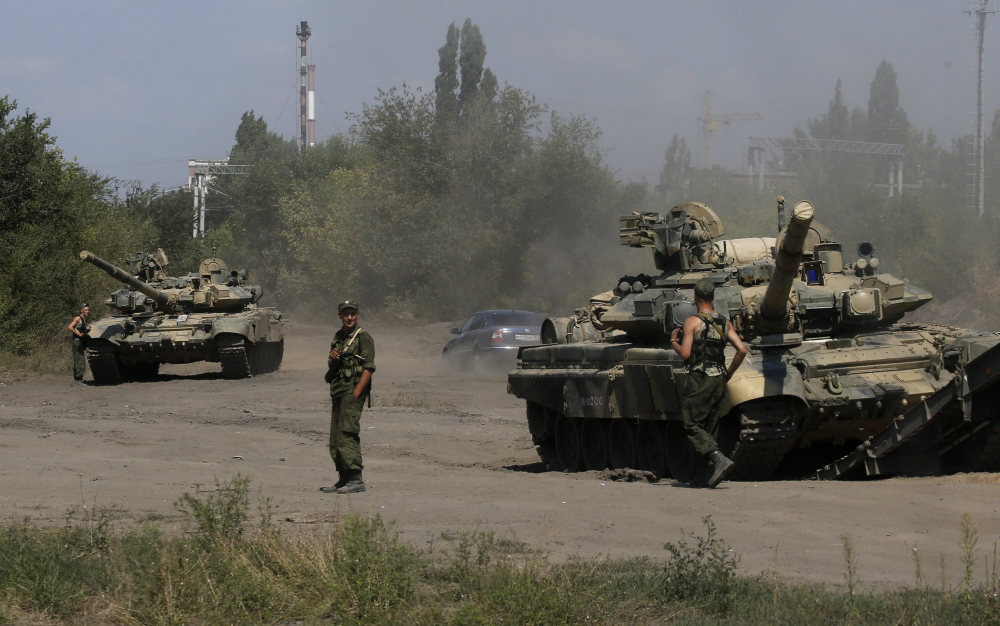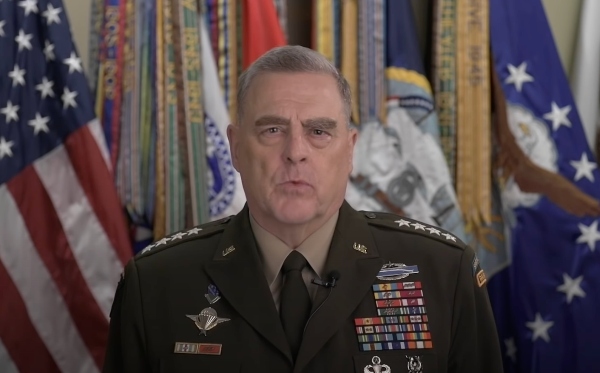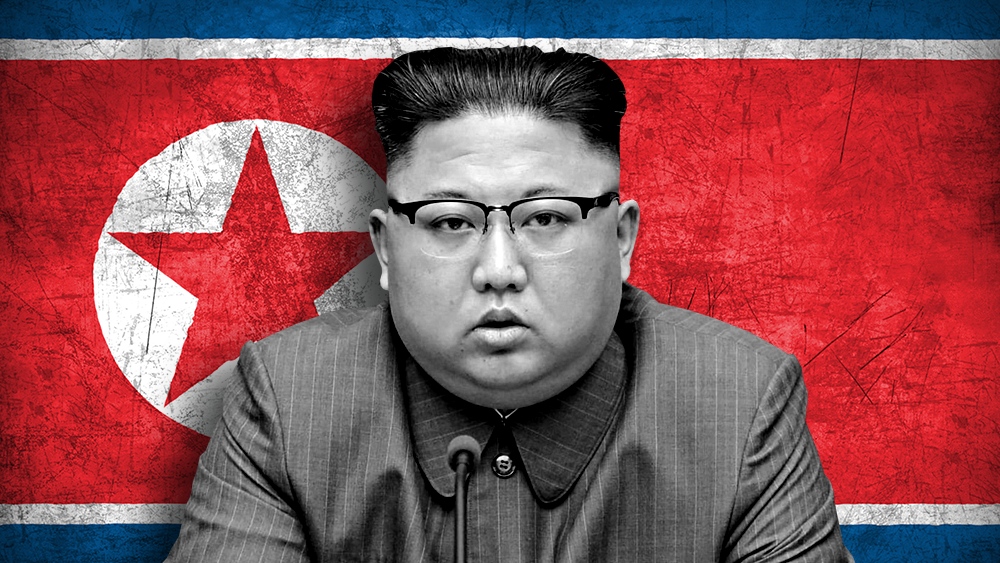War with Russia to massacre 50,000 Americans every two weeks, with forced conscription of young Americans now inevitable, warns US Army War College
09/20/2023 / By Belle Carter
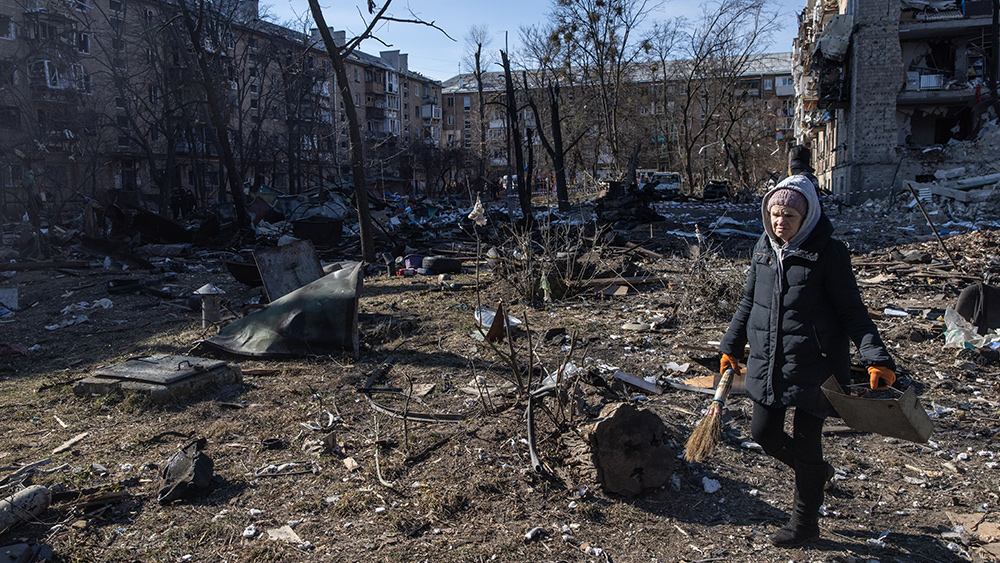
In the autumn issue of the U.S. Army War College’s “Parameters,” a quarterly published refereed forum that furthers the professional development of senior military officers on national security affairs, a call to action on a possible war with Russia that will kill about 50,000 Americans was presented. It pointed out that the massive loss of service members will also trigger conscription to fill the ranks.
The war college is a U.S. Army educational institution in Carlisle, Pennsylvania, on the 500-acre campus of the historic Carlisle Barracks, which provides graduate-level instruction to tenured military officers and civilians to prepare them for leadership assignments and responsibilities.
According to the 13-page write-up, the U.S. Army faced a strategic inflection point after a failed counterinsurgency effort in Vietnam 50 years ago. In response to lessons learned from the Yom Kippur War, the Army Training and Doctrine Command (TRADOC) was created to reorient thinking and doctrine around the conventional Soviet threat.
It also emphasized that the ongoing and dragging Russia-Ukraine War is just exposing significant vulnerabilities in the Army’s strategic personnel depth and ability to withstand and replace casualties and because of this, the Army theater medical planners may anticipate a sustained rate of roughly 3,600 casualties per day, ranging from those killed in action to those wounded in action or suffering disease or other non-battle injuries. And with a 25 percent predicted replacement rate, the personnel system will require 800 new personnel each day. In large-scale combat operations, the United States could experience that same number of casualties in two weeks, the article noted and cited that in 20 years of fighting in Iraq and Afghanistan, the U.S. sustained about 50,000 casualties. (Related: U.S. proxy war: Kyiv’s counteroffensive kills or wounds 800 Ukrainians per day, Russia reports.)
Moreover, the Army is facing a dire combination of a recruiting shortfall and a shrinking Individual Ready Reserve, which is nearly 50 percent in the combat arms career management fields. “Every infantry and armor soldier we do not recruit today is a strategic mobilization asset we will not have in 2031. The Individual Ready Reserve, which stood at 700,000 in 1973 and 450,000 in 1994, now stands at 76,000. These numbers cannot fill the existing gaps in the active force, let alone any casualty replacement or expansion during a large-scale combat operation,” “Parameters” further emphasized.
Unlike the Vietnam War 50 years ago, the ubiquitous use of unmanned aerial vehicles and surface vehicles, satellite imagery, sensor-based technologies, smartphones, commercial data links, and open-source intelligence is fundamentally changing the way armies will fight. These systems, coupled with emerging artificial intelligence platforms, dramatically accelerate the pace of modern war.
Authors Katie Crombe and John A. Nagl, who are an army strategist and warfighting studies professor, respectively, recalled that a team of faculty and students at the U.S. Army War College believed the Russia-Ukraine War that was unfolding in front of them back in the fall of 2022, was a wake-up call for the Army across the traditional warfighting functions that also required a culture change across the Army’s education, training, and doctrine enterprise to embrace new lessons learned and drive change across all echelons of the Army.
Army College argues NOW is the time to launch large-scale combat operations against Russia
For Andrew S. Grove, president and CEO of the Intel Corporation, a strategic inflection point rarely announces itself but rather presents as a choice to bring clarity to chaos and take a new path. Today’s Army is reminiscent of the Army of 1973, rife with experience, knowledge, and opportunities to change. Now is the time, he claims.
“Parameters” urged the Army to embrace the Russo-Ukrainian conflict as an opportunity to reorient the force into one as forward-thinking and formidable as the Army that won Operation Desert Storm. “This article suggests changes the Army should make to enable success in multidomain large-scale combat operations at today’s strategic inflection point,” it said in the abstract.
Today’s Army is getting an opportunity to reassess the professional military education soldiers and officers are receiving across the TRADOC Centers of Excellence, their training experiences at the national training centers, and the daily training and education they receive throughout their careers.
Further recommending taking advantage of the current conflict, the article included that: “To remain relevant to the pace of the rapidly changing character of war, TRADOC must lead this initiative now, adapting education and training in real-time.”
“The US Army must ensure it captures these rapid changes in a manner that can be immediately written into doctrine, implemented in training, and woven into the daily lives of soldiers in garrison and combat,” it also said, adding that the Armed Forces of Ukraine are buying lessons with blood that not only preserve their freedom but can also help the US Army deter and, if necessary, fight and win future wars at a lower cost of life and treasure.
Visit WWIII.news for more stories on the impending war the U.S. is planning to wage against Russia.
Sources for this article include:
Submit a correction >>
Tagged Under:
big government, casualties, chaos, conscription, conspiracy, dangerous, deception, enlistment, Individual Ready Reserve, large-scale combat operations, military tech, mission command, multidomain operations, national security, Operation Desert Storm, Parameters, Russia, Russia-Ukraine war, strategic inflection point, strategic mobilization, TRADOC, troops, U.S. Army War College, Ukraine, US Army, US proxy war, war, weapons technology, World War III, Yom Kippur War
This article may contain statements that reflect the opinion of the author
RECENT NEWS & ARTICLES
COPYRIGHT © 2022 UkraineWitness.com
All content posted on this site is protected under Free Speech. UkraineWitness.com is not responsible for content written by contributing authors. The information on this site is provided for educational and entertainment purposes only. It is not intended as a substitute for professional advice of any kind. UkraineWitness.com assumes no responsibility for the use or misuse of this material. All trademarks, registered trademarks and service marks mentioned on this site are the property of their respective owners.

